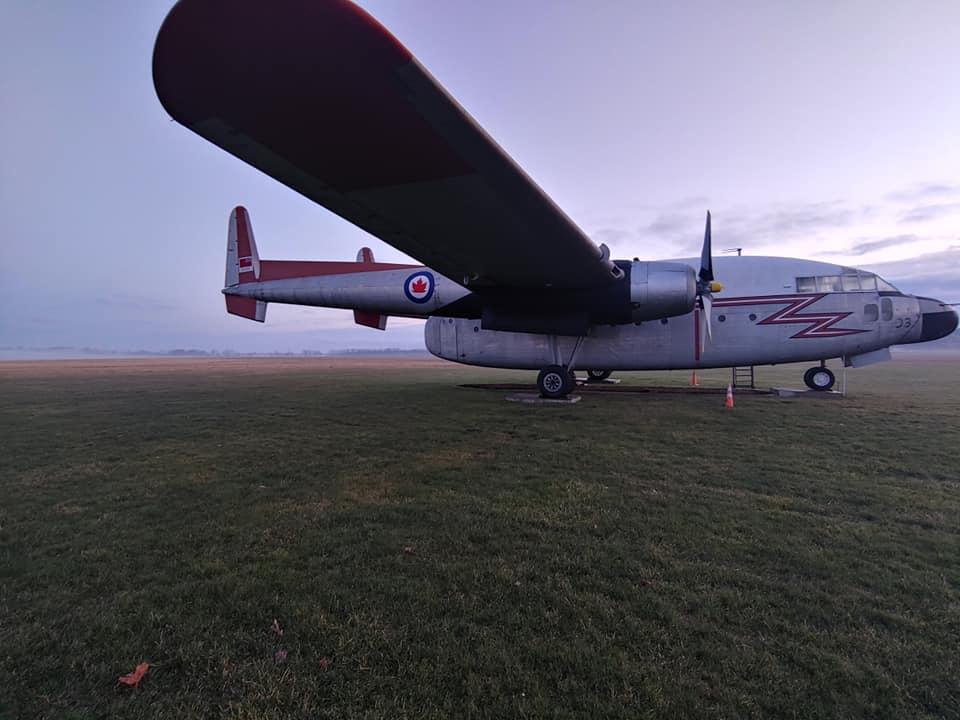
C-119G
C-119G Flying Boxcar
"Flying Boxcar"

"Flying Boxcar"
National Warplane Museum
The Fairchild C-119 Flying Boxcar is one of the most iconic military cargo aircraft of the early Cold War era. Designed to move large quantities of cargo, troops, and equipment, the twin-boom C-119 became a workhorse for airlift operations around the world, bridging the gap between WWII piston-engine transports and the later jet-powered cargo fleets.
Introduced in the late 1940s as a successor to the C-82 Packet, the C-119 featured a distinctive twin-boom design and rear-loading cargo doors, enabling rapid loading and unloading of troops, vehicles, and heavy equipment. The G-model, produced in the early 1950s, introduced upgraded engines, enlarged tail surfaces, and improved avionics — including radar-equipped nose conversions for specific missions.
The C-119 served extensively in troop and cargo transport roles, airdrop operations, medical evacuation, and disaster relief missions. Its spacious interior allowed it to carry paratroopers, artillery pieces, and even small vehicles. The aircraft was used by both U.S. and allied air forces, including the Royal Canadian Air Force (RCAF), and remained in military service well into the 1970s. Many later found second lives in civilian roles such as firefighting and heavy cargo hauling.
Fairchild C-119G Flying Boxcar
Manufacturer’s No.: 10678
Military No.: RCAF 22103
Built in 1952 as an early C-119F model, this aircraft was later upgraded to G-model configuration, receiving a radar-equipped nose for its service with the Royal Canadian Air Force. After retiring from military service, it went on to fly for the U.S. Forestry Service, likely performing aerial firefighting or cargo operations. In the early 1990s, the aircraft was donated to the National Warplane Museum where it became one of the Museum’s largest and most visible displays.
Restoration of the aircraft to static condition has been meticulously carried out by a dedicated team of Museum volunteers known as the “Boxcar Boys.” Their careful work has preserved the aircraft’s exterior and interior as a highly accurate representation of Cold War-era transport aviation. Today, the Flying Boxcar stands as a centerpiece of the Museum’s static collection, providing visitors with a rare up-close view of one of the most recognizable heavy transports of its time.
Built as "F" model, converted "G" with nose radar
Korean War/Vietnam War Cargo/Transport
Donated by US Forest Service
Method: Donated
Airpark
Other aircrafts in our collection


